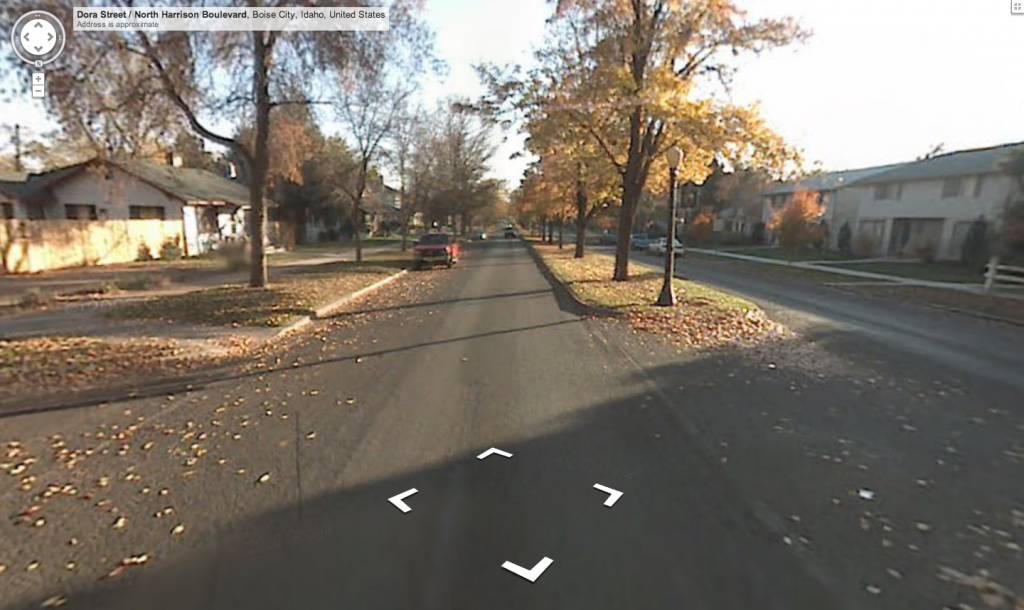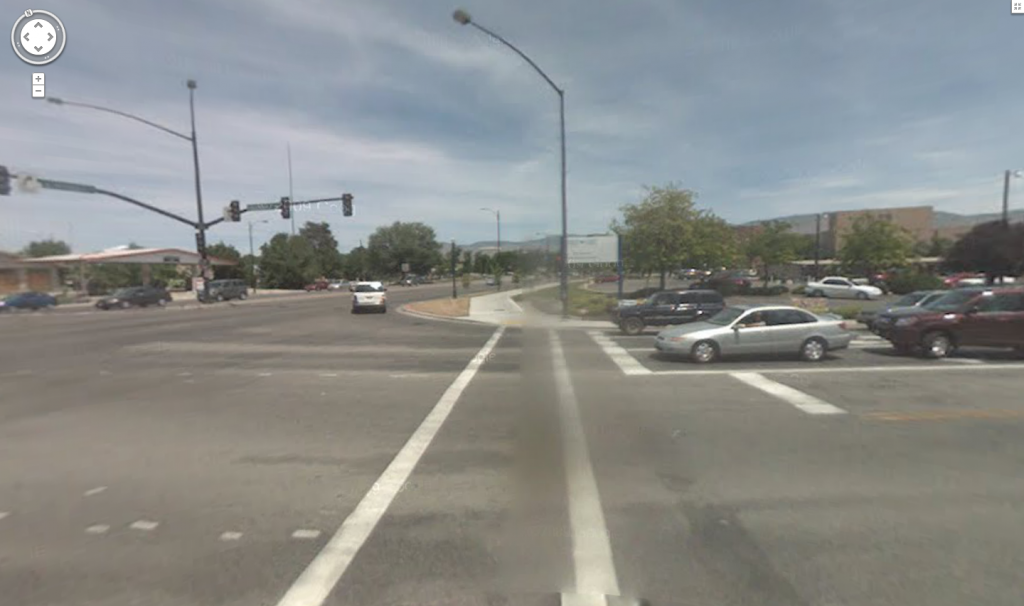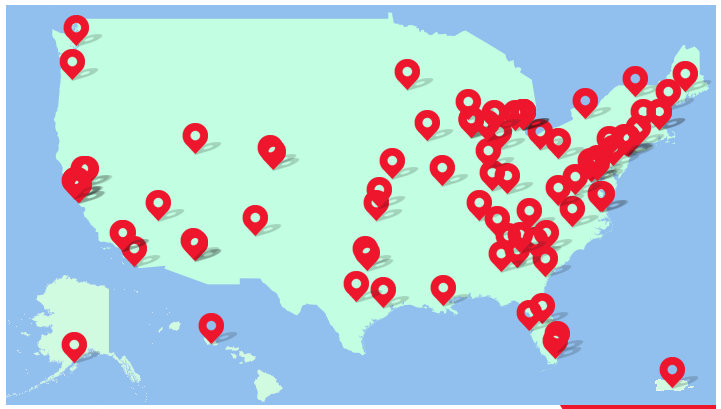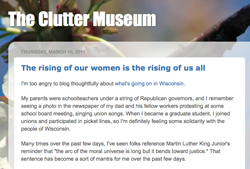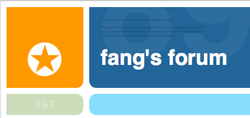I wrote a long post for a discussion forum for the online course I’m taking in Critical Instructional Design, and I thought I’d share/archive it here as well. The prompt asked:
- Is instructional design a form of activism?
- How does what we think about what we do can influence how learning happens across our institutions?
- What do Audre Lorde’s words (master’s tools, master’s house) mean for you—personally, professionally, pedagogically? How do you think they might influence your use of digital tools? Do they spur you to consider a different dialogue with tools and toolmakers than the one you participate in now (and what does that dialogue look like now? what might it look like)?
- Why or why not is a discussion about Audre Lorde’s statement relevant to our contemplation of critical instructional design?
I’d love to hear readers’ thoughts, of course, in the comments or elsewhere.
I hadn’t thought of instructional design as a form of activism in itself, even though it’s an integral part of teaching, which definitely can be (and often should be) a form of activism. I had been thinking of instructional design as planning for the real activism; thank you for tweaking my thinking.
As for Lorde’s comments on the master’s tools and the master’s house, we may need to pull back a bit to consider context. In the essay, she is asking why white women were sequestering black women into a single panel, and uses that event to question why heterosexuality is privileged over homosexuality, why middle-class is privileged over poor, why the developed world is privileged over the developing world, and more. When white, straight, middle-class women protest they are unaware of the dialogues taking place in spaces they themselves don’t occupy, Lorde tells them it’s their job to listen for those voices.
Today, fortunately, it’s not difficult to eavesdrop on conversations from communities to which we don’t belong. Just last night I finally joined Periscope, zoomed in on my parents’ neighborhood in Long Beach, California, and watched a gay black man talk about how he’s struggling to write his book because it brings up past trauma, and it drives him to drink (he was broadcasting while holding a large glass of white wine), and his partner thinks he’s drinking too much. On the surface, he and I share nothing in common, except that I once lived in the same zip code, but I quickly empathized with his plight as a blocked writer. I can listen in on Black Twitter and its hashtags. I can watch and learn from friends of all ethnicities, sexualities, gender identities, religions, socioeconomic classes, political commitments, etc. on Facebook. And then of course there are a ton of books I could (and have) read that allow me to better understand inequality and inequity at various cultural, political, and economic intersections.
Just because it’s easy for instructional designers to glean some tiny understanding from social media and publications, however, doesn’t mean it’s simple to translate this learning into course design—particularly if the instructional designer isn’t the instructor for the course. If you don’t have security of employment, it can be awkward and a bit intimidating to point out to a senior professor (or, say, a vice provost who happens to be teaching a course) that there isn’t a single author of color on his syllabus and that’s problematic. It’s a brave instructional designer indeed who would point out to a senior prof the importance of Lorde’s exhortation in “The Master’s Tools”:
Advocating the mere tolerance of difference. . .is the grossest reformism. It is a total denial of the creative function of difference in our lives. For difference must be not merely tolerated, but seen as a fund of necessary polarities between which our creativity can spark like a dialectic. Only then does the necessity for interdependency become unthreatening. Only within that interdependency of different strengths, acknowledged and equal, can the power to seek new ways to actively ‘be’ in the world generate, as well as the courage and sustenance to act where there are no charters.
At the same time, gently pointing out the narrowness of perspective represented in course readings can be a productive starting point. Finding the language to express that narrowness without introducing a good deal of discomfort into the interaction is, however, difficult. (And yes, I know discomfort is a useful tool in teaching and learning. In this case, the power structure–tenured faculty over staff–could escalate to the point where the instructional designer’s employment is at risk.)
At our next staff meeting, I’m going to have a conversation with my instructional designers about how they navigate such minefields. I confess to strategically (and explicitly) deploying an instructional designer to a straight white male professor’s course when I saw its syllabus would benefit from her perspective as a woman of color and immigrant from the developing world.
As for tools: I’m fortunate to direct a unit that’s charged with looking at and supporting emerging technologies, though sometimes things are handed to us (e.g., a clunky e-portfolio platform chosen by the people running our core courses program) that we have to support for a while. I tend to lean toward open source tools because we can tinker with them more, but I’m certainly not against someone making a profit when they develop a really great, useful tool that advances learning. I recently saw a post decrying Lumen making a modest profit by helping to bring OER to universities, for example; if Lumen can bring high-quality, free or exceptionally low-cost materials to students and help faculty construct active learning around that content, I’m fine with that. (I’ve been in a Lumen workshop and thought it was based on sound pedagogical principles.)
I also realize that while I’m not a super early adopter, I’m a bit farther ahead of the curve than most faculty, and I’m willing to take more technological risks in front of and with students than are many of my colleagues. Some of my colleagues believe they need to be masters of a technology before using it with students, whereas I tend to shrug and tell the students they need to puzzle their way through the challenges the technology poses—and embrace that process as a core piece of the learning in the course. I’m wondering if more faculty would be willing to experiment with unsupported (at least by the university) tools if we framed them as part of an insurgent, progressive agenda.


